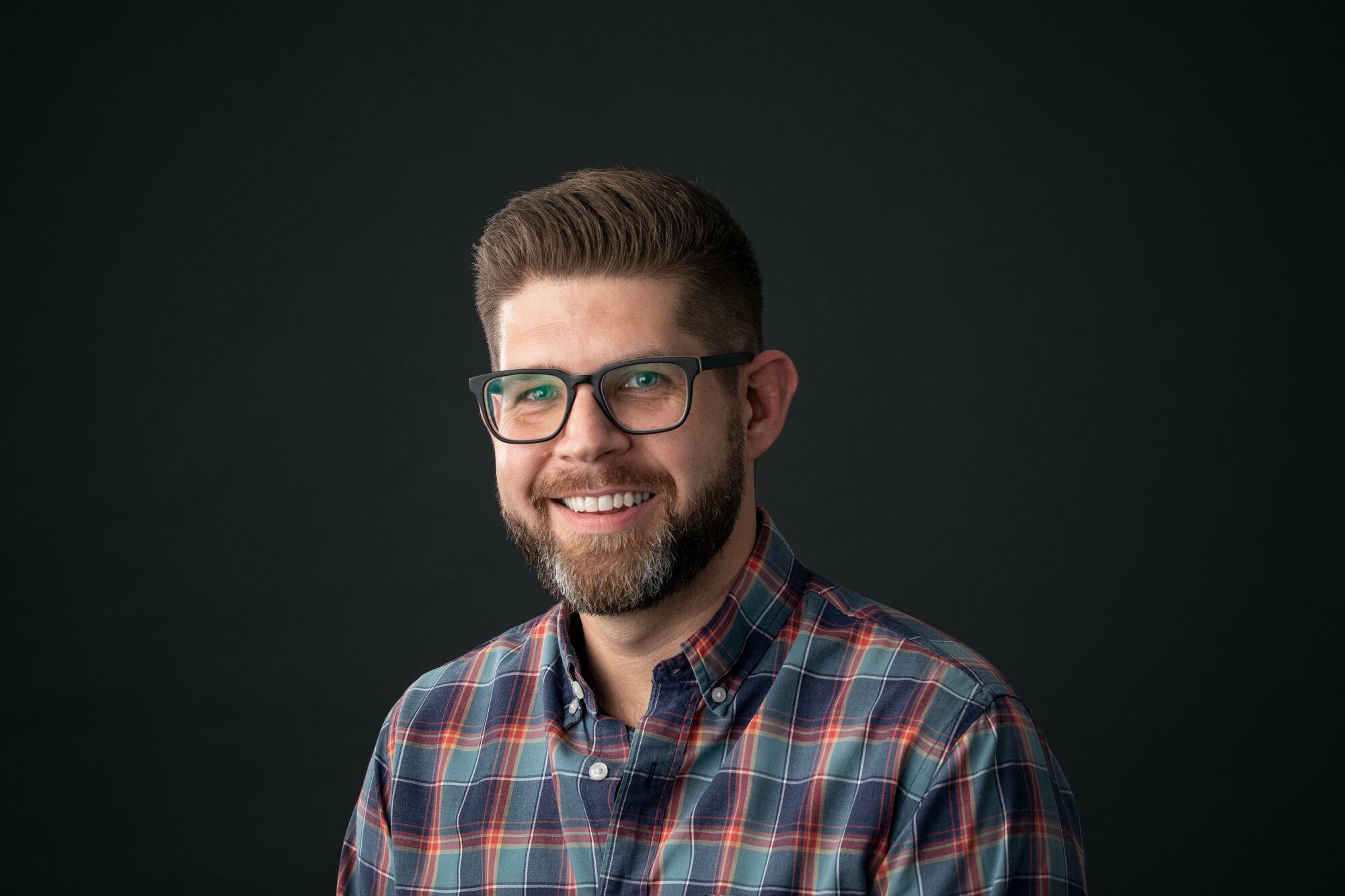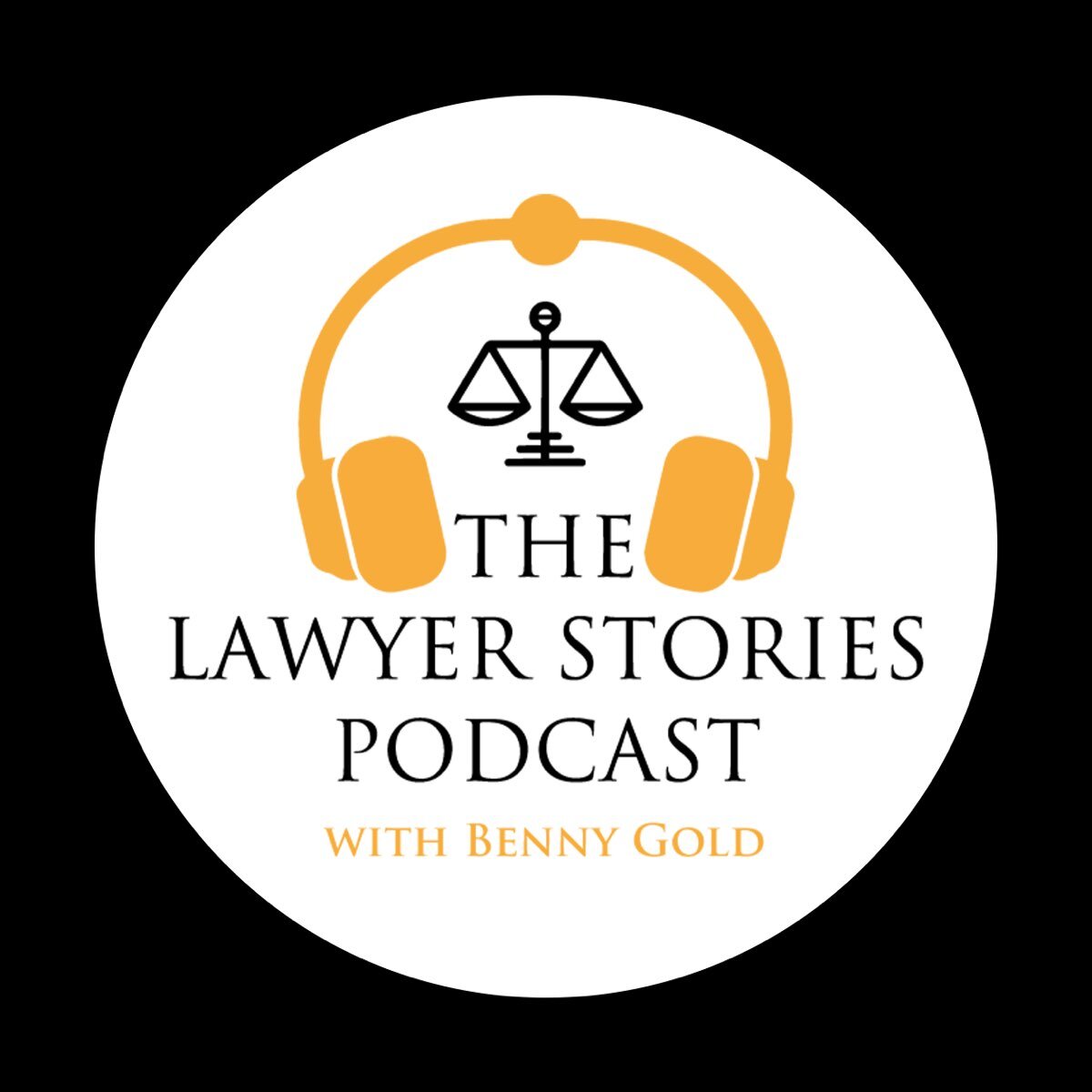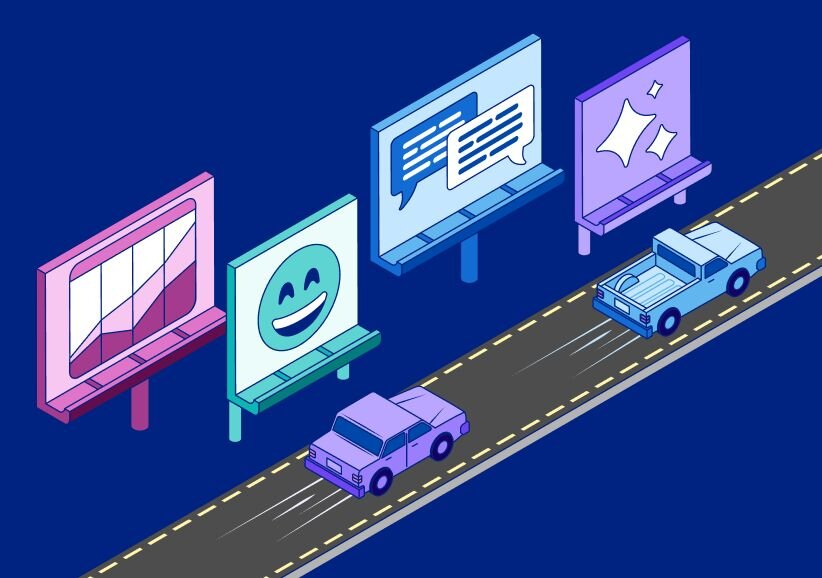In this series of three posts, we asked members of our product team to share their first-hand account of one of the world’s most prestigious and innovative technology conferences, SXSW.
In my first experience at SXSW, I learned three things:
- Austin is weird. It has absolutely no business being in Texas.
- Stubb’s BBQ has some sort of magical flavor crystals in their ribs that they don’t tell you about, but are definitely in there – and they’re amazing.
- While the tools and methods in technology are changing at staggering rates, the core principles that make companies successful are not.
All week I was amazed to see what seemed like the future being played out right in front of me: there were robots performing party tricks, sessions on topics like AI, conversational UI, chatbots, self-driving cars, etc, and there were people sporting VR headsets everywhere. Side note – no matter how cool your VR experience is, you still look pretty ridiculous to everyone watching you.
But despite the constant feeling that I’d just stepped out of my Delorean into a world unknown, there was a common theme rising to the top from the sessions that I attended:
The core principles of finding and communicating a clear vision for your team and caring for individuals are what continue to make companies successful.
As we have grown here at CallRail, it’s become increasingly evident just how important it is to have a guiding thought for all of us – a North star; something we can all rally around and do our part to carry forward. In a session called “Leading with Love: Future of Emotional Leadership”, I was led to Simon Sinek’s TED talk, where he suggests that if we begin with asking “Why?” then the “How” and the “What” will make sense and people will get on board. If we begin with the product, and then try to figure out a good way to market it, we’re dead in the water.
In his keynote presentation, Adam Grant explained the differences that “originals” bring to teams, one of which was the ability to make the unfamiliar familiar. “After having an idea,” Grant says, “ the next challenge is to communicate it effectively. It’s hard to get good ideas across to other people.” It isn’t enough just to find the right vision to follow; we have to tell the story in a way that captivates, motivates, and empowers people to move on it.
But the idea of focusing on a clear vision has its benefits within the product development process as well. In their session entitled “The Product People Shift” panelists discussed how product managers differed from project managers by focusing on creating solutions for problems [whys], as opposed to focusing on timelines and deliverables. Similarly, a speaker at “Product Mavericks: Top Tips From Women Who Build” suggested, “Assign product managers problems, not products; it gives them freedom of creativity and doesn’t lock them into a certain solution.” By starting with problems and thinking through solutions, we can create products that offer real value to our customers.
The other major takeaway for me was the significance of simply caring for people. If we want to build a great product at CallRail, we need a team that loves coming to work and that feels respected and valued enough to speak up. It doesn’t matter what your company is selling, the only way to build a team like that is to genuinely care for your employees.
This isn’t just pie-in-the-sky, all-you-need-is-love, let’s-all-move-to-Portland talk. Dan Lyons asserts in his session, “Disrupted: Ending Bro Culture and Bias in Startup-Land” that not only is the culture in typical startups today not fair to employees, but it isn’t working either: “The venture capitalist industry itself is dysfunctional; [‘Bro Culture’] misses out on superior talent; It makes people miserable: the way we work is making people sick. It’s fine on the surface, but it takes away stability, work/life balance, and dignity.” So if caring for people really matters, how do we do it successfully?
We all talk about “culture”, but how does it happen? Terry City, Sr. V.P. at Dose, suggests, “Just because you have a happy hour and provide free lunches, that’s not culture. Giving people stuff isn’t culture.” Culture happens when you know your employees names and their stories. It happens in the hallways, at lunches, and at the table before the meeting starts. Culture happens when you build trust by entering into authentic relationships with employees.
An element of caring for employees that resounded from several stages supported the findings from Google’s Project Aristotle. [In short, they found that the key identifier of successful teams was ‘psychological safety, or a sense of confidence that the team will not embarrass, reject or punish someone for speaking up.] Doug Zanger, Americas Editor at The Drum, added, “There is no place for fear in creativity.” How many great ideas or valuable feedback are we missing if our culture doesn’t make people feel safe enough to speak up? Adam Grant gave objectively the best encouragement for this idea, stating, “The next time you’re afraid to share an idea, remember someone once said in a meeting, ‘Let’s make a film with a tornado full of sharks’.”
Conversational UI, machine learning, big data, blockchain, and AI will all undoubtedly shape the future for us. In fact, it’s probably safe to say we’re on the cusp of a new technological revolution. In light of that, it’s ironic that the major takeaways from one of the leading expos of tech trends in the world were so timeless: Find your team’s vision; rally the team behind it; care for people. It’s my goal to embrace this mindset for our team, so we can build a better product for yours.










